The city of Girona is famous for its medieval wall and many centuries-old buildings and artifacts, including the 14th-century Girona Cathedral. The city’s Jewish Quarter also is one of the most well-preserved in Europe, with a maze of narrow, cobblestone streets, steps and arches dating from the 12th century. These features made it the location of choice for filming season six of the medieval fantasy saga, Game of Thrones.
Besides the historical attractions, Girona has many museums, shops, restaurants and cafes, and much public art. Notable is Michelen 3-starred El Celler de Can Roca, twice voted the best restaurant in the world.
The city also supports a surprising number of high-end cycling shops for its population of roughly 100,000. The numerous excellent cycling training roads nearby have made the city a mecca for pro cyclists. American cyclist Lance Armstrong and teammate George Hincapie moved here in 2000, and dozens of professional cyclists have arrived since, with some teams even requiring that their members live here.
After our tour of Barcelona’s Montjuic district, we took a high-speed train from the Barcelona-Sants train station on a day trip to Girona, covering the 54 miles (87 km) in about 40 minutes.
The Romans built the first wall in Girona around 1 BC, and several reforms and expansions occurred over the centuries, with the latest incarnation dating from the 14th century. The western portion eventually was demolished to allow for 19th-century expansion, but the eastern section was left intact and mostly abandoned. More recently, several damaged sections of those eastern walls were reconstructed as part of a tourist route in the old city. The wall provides sweeping views over the city and is nearly contiguous, with several access points that allow walkers to bypass the missing sections. We had a fabulous time walking the ancient structure and taking in the views.
Girona Cathedral is a landmark in the city and dominates the Old Town’s skyline. Construction of the cathedral started in the 11th century and continued through to the 20th century, and the resulting structure exhibits design elements of varying styles including Romanesque, Gothic, and Baroque. When designed in the 15th century, the nave was the widest Gothic nave in the world and the second widest of any kind. The 91-step Baroque grand staircase in front of the church was the filming location for several major scenes in Game of Thrones season six.
Inside, 18th-century stained glass windows overlook the high alter, made of marble dating from the 11th century. Ten radial chapels containing elaborate sculptures line the central vault. The church also has a museum and many treasures, including the Tapestry of Creation. Dating from the 11th or 12th century, the needlework panel is considered a master work of Romanesque tapestry.
Girona’s second major church, the Basilica de Sant Feliu, was built outside the city walls starting in the 12th century, and has heavily reinforced walls and high windows as protections from attack. Inside are a number of treasures, including the 14th-century sarcophagus of Saint Narcissus, the patron saint of Girona.
Near the base of Girona Cathedral, the city’s Arab baths date from at least the 12th century, when the growth of urban areas spurred a need for improved hygiene. A distinctive cupola covers the central pool of the changing room and brings light inside, and patrons could move between rooms containing progressively hotter water. The baths were in use until the 14th century, and were restored in the 20th century as a tourist attraction.
Construction of the Sant Pere de Gallitagants monastery began in the 10th century, also outside the city walls, but was enclosed within them in the 14th century. The rectangular-shaped cloister is notable for its use of five mall supporting columns instead of central pillars, giving a sense of lightness. A life-sized reproduction of the monastery’s richly-decorated rose window is displayed in one of the apsidioles (recesses) of the nave.
The Jewish community in Girona dates to at least the first century AD and flourished until the 15th century when Catholic monarchs outlawed Judiasm in Spain. The remarkably-preserved Jewish Quarter, with its narrow cobblestone lanes, arches and staircases is a joy to explore on foot. We doubt that the operator of a cement truck we saw in the area felt the same way though. Many scenes in Game of Thrones season six were filmed here, notably at the steep stone steps, La Pujada de Sant Domenec.
Girona sits at the confluence of four rivers, one of which, the Onyar, splits the city between the old and modern sides. Five footbridges cross the river, the most famous being the Eiffel Bridge, designed by Eiffel Tower architect Gustav Eiffel. The centuries-old pastel-colored houses that line the river are known as the Cases de l’Onyar. Their colors were selected in the late 20th century by a group of artists, and the houses must be repainted in the same color.
After a busy and super-fun day exploring Girona, we rode the high-speed train back to Barcelona for dinner and finished the day with a nightcap at the rooftop bar of our hotel, Almanac Barcelona.
Our route for the day is shown on the interactive map below.
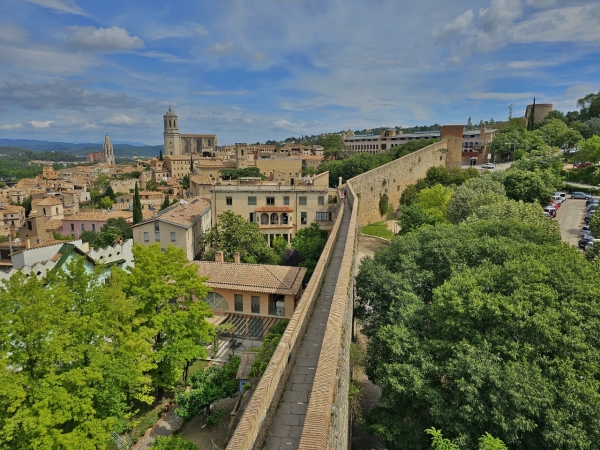
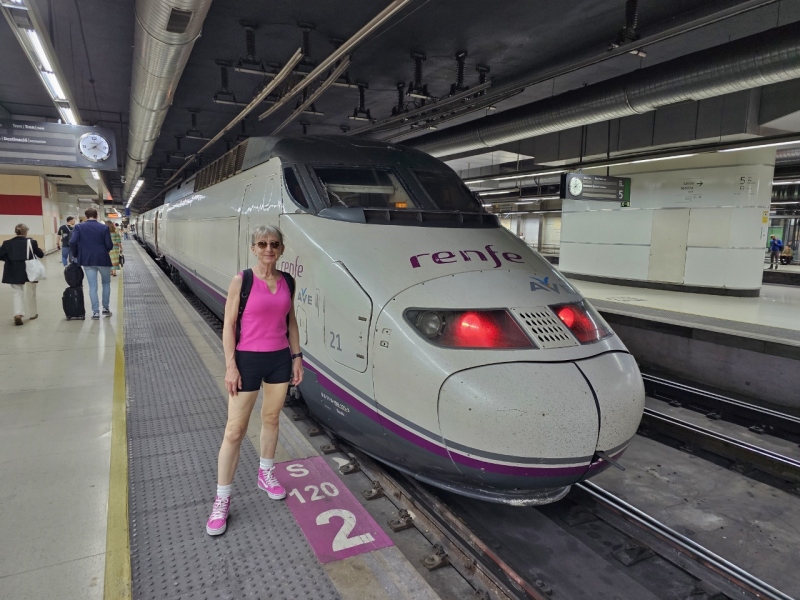

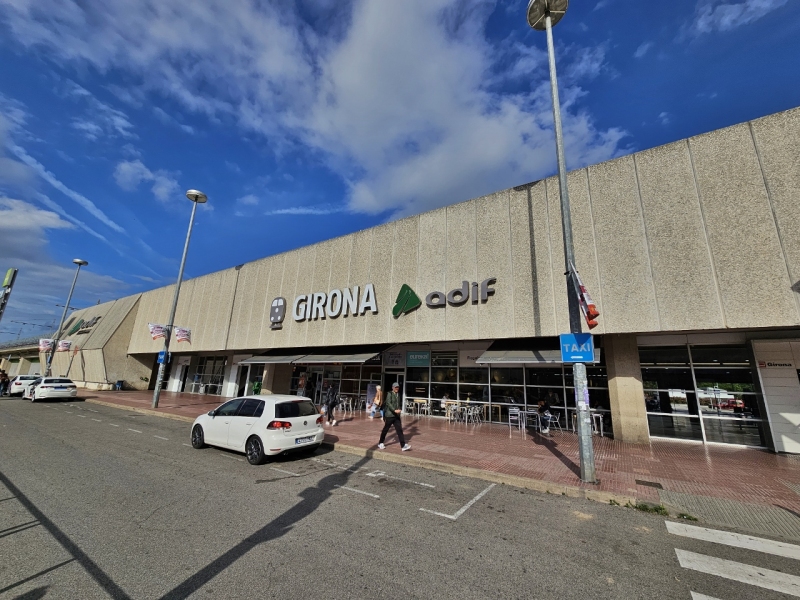
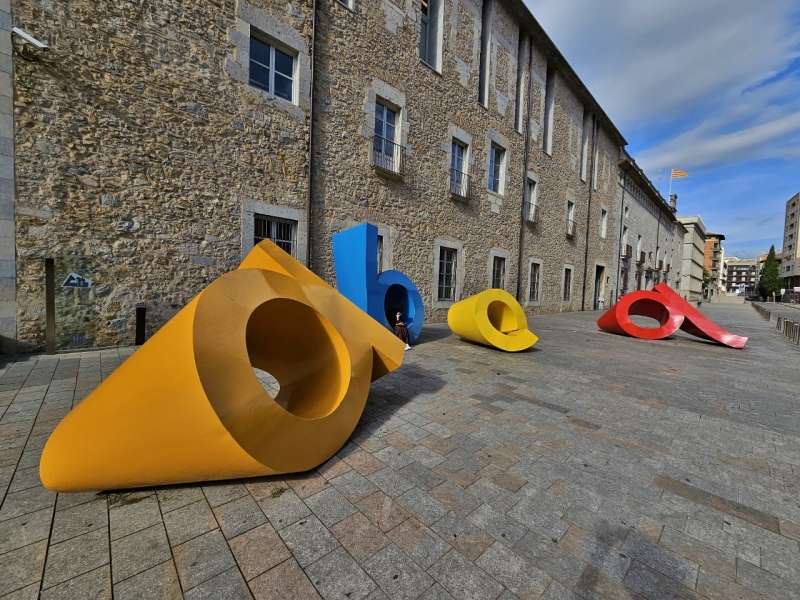
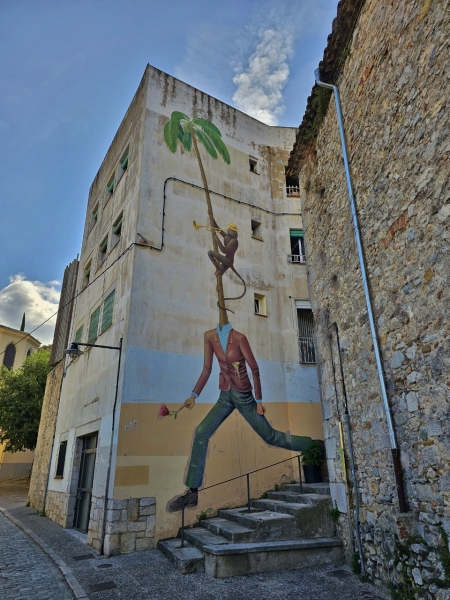
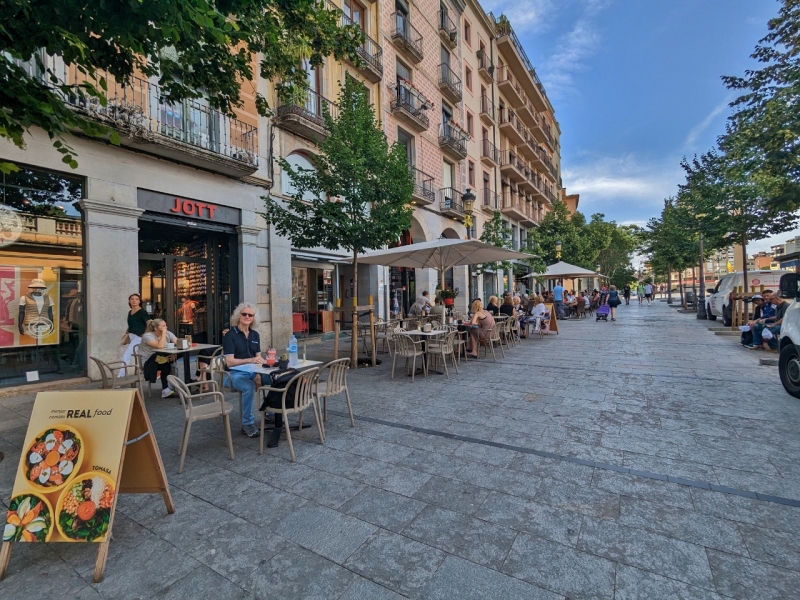
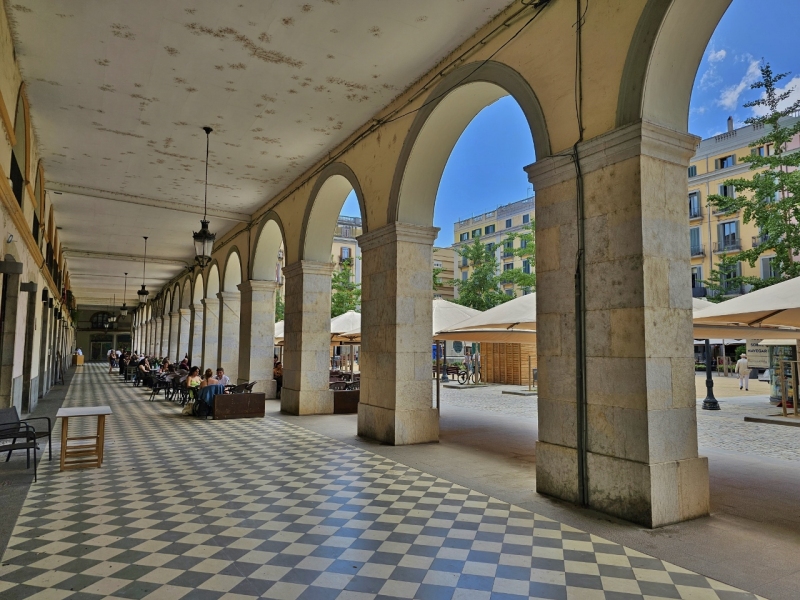
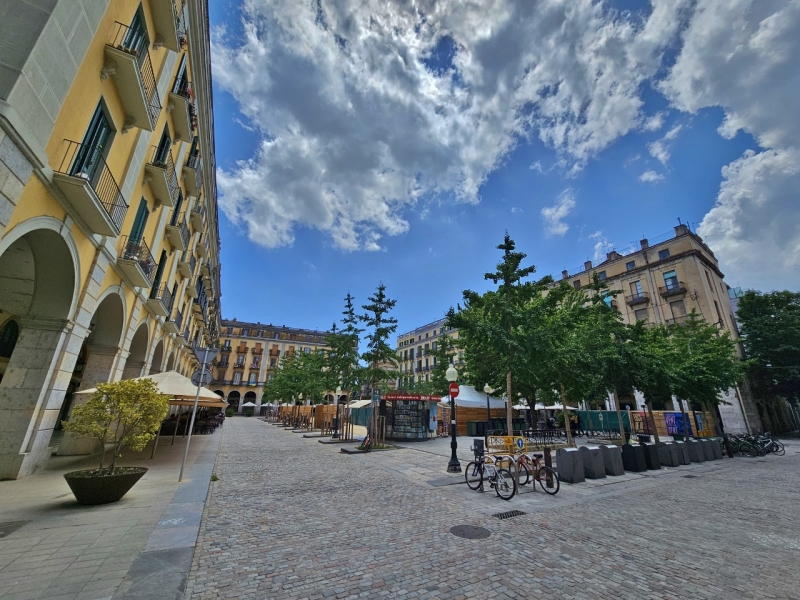
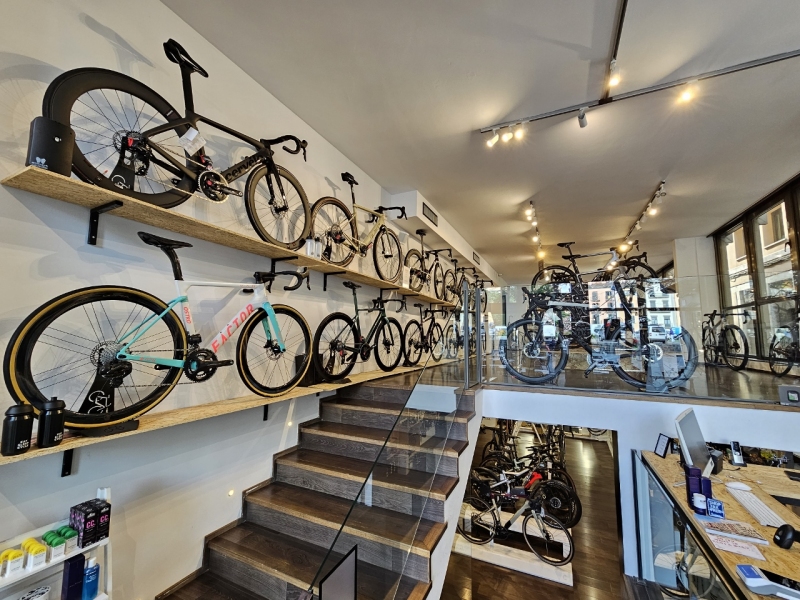
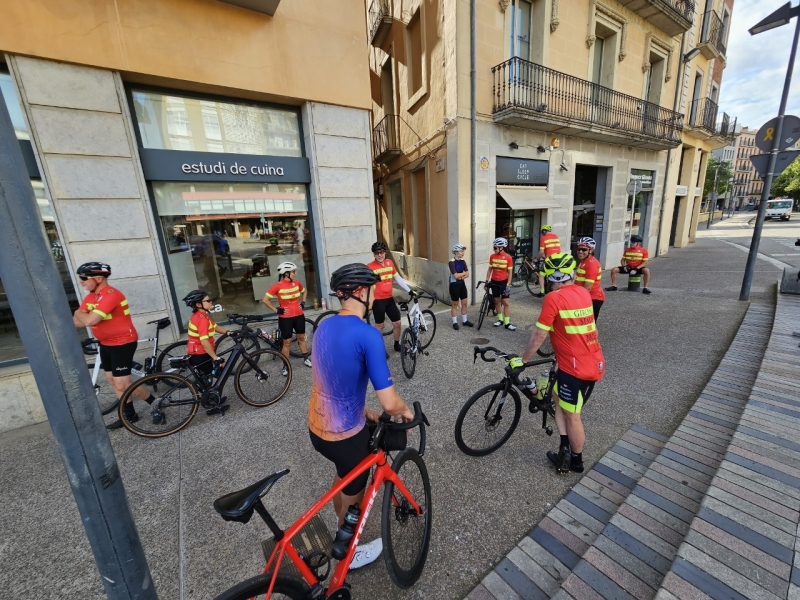
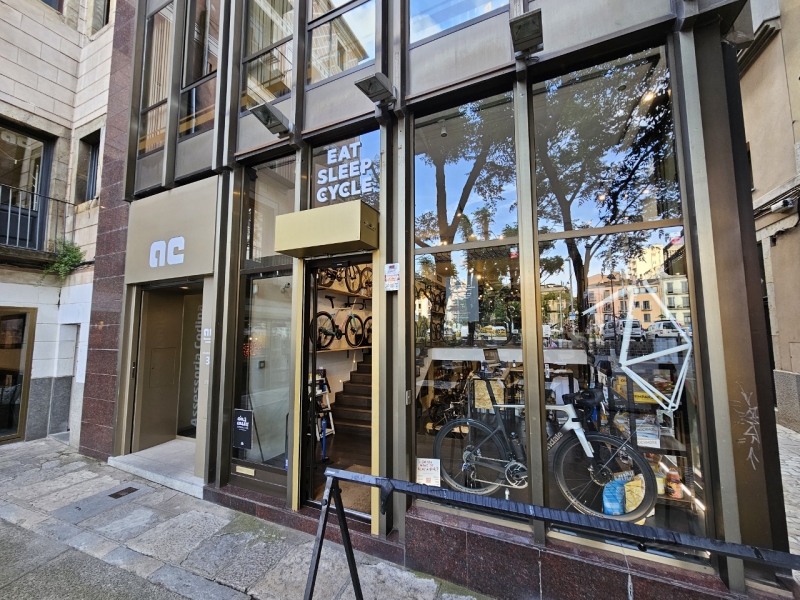
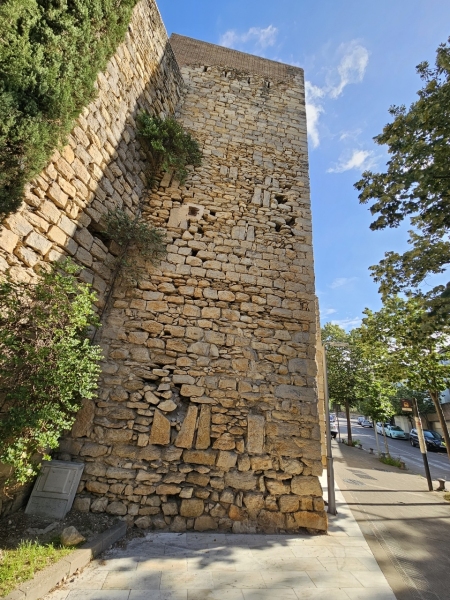
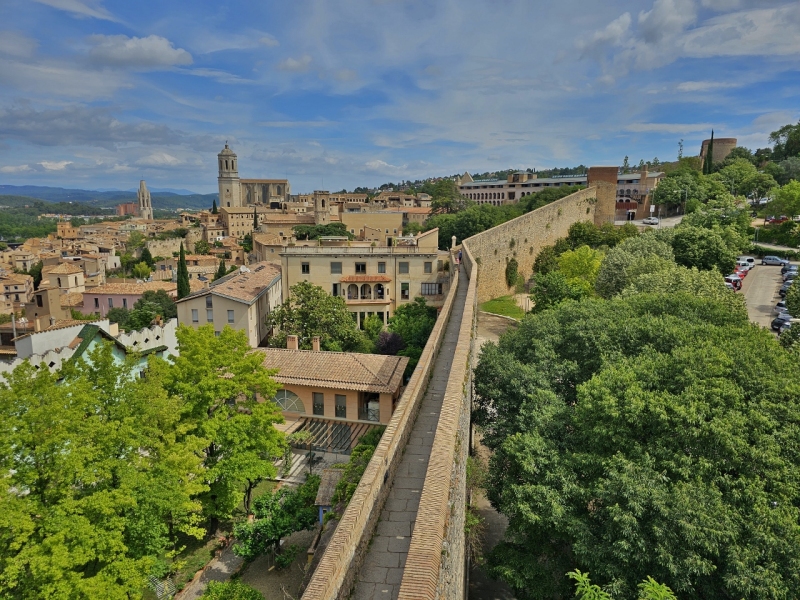
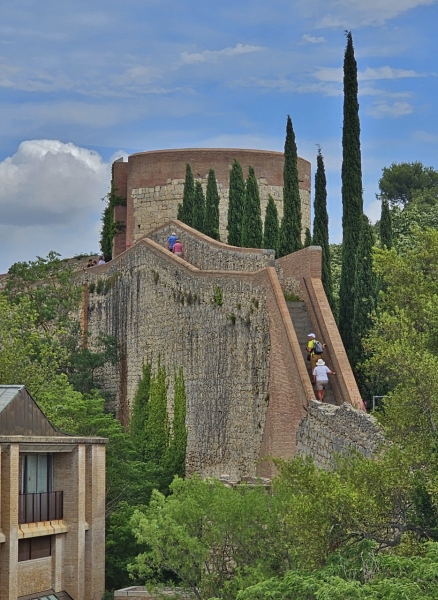
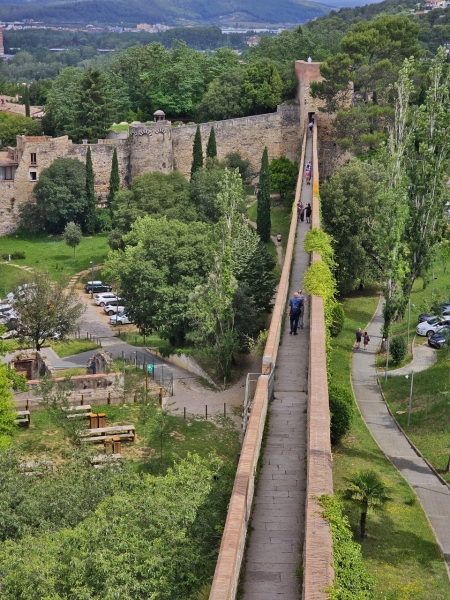
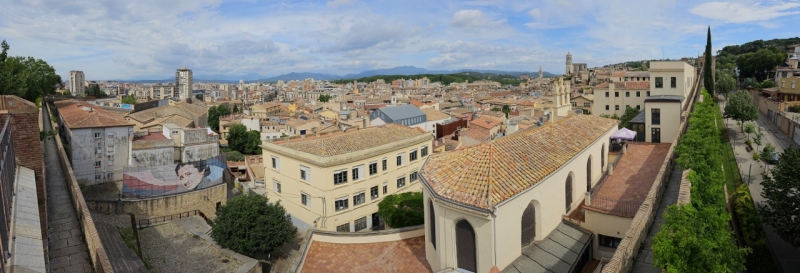
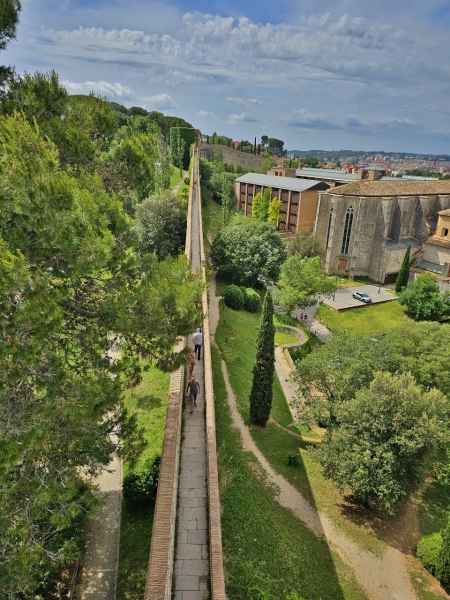
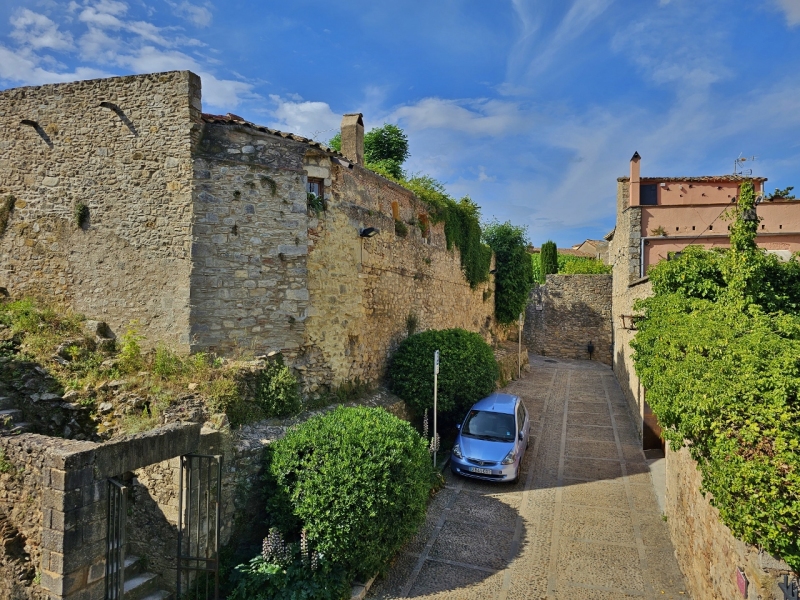
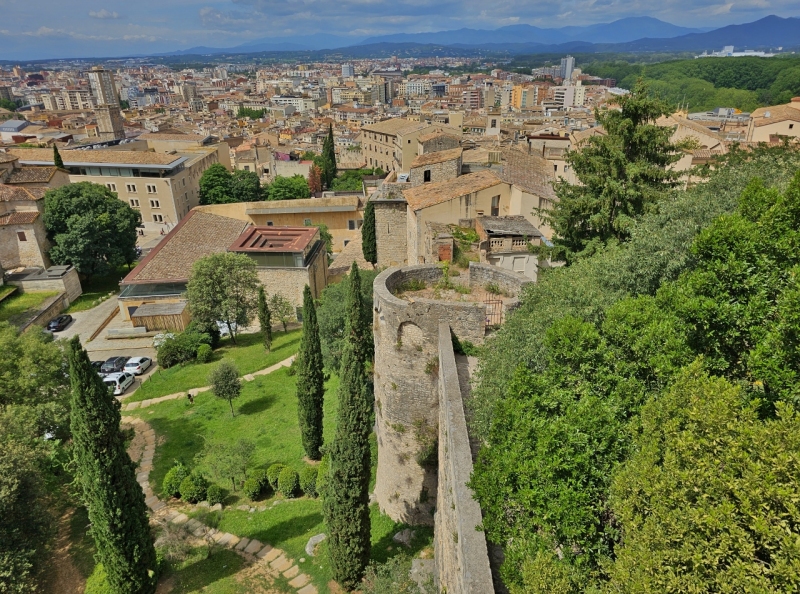
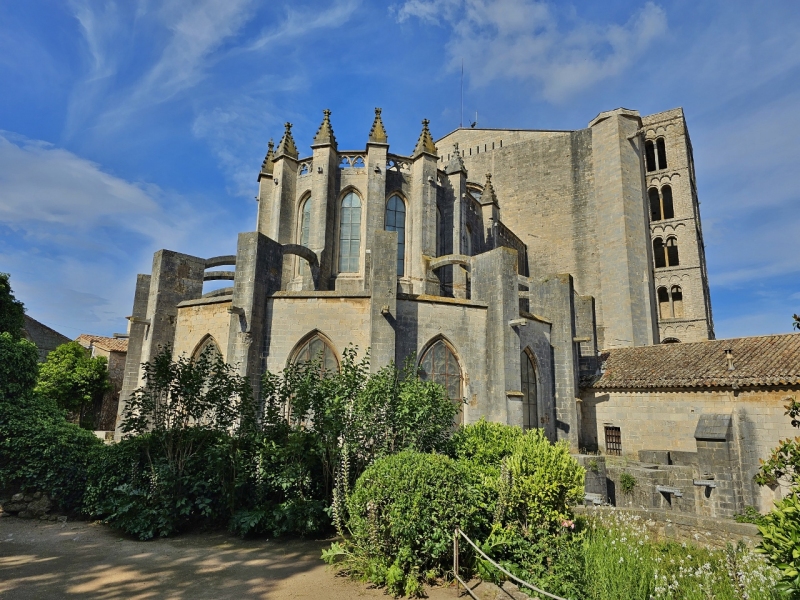
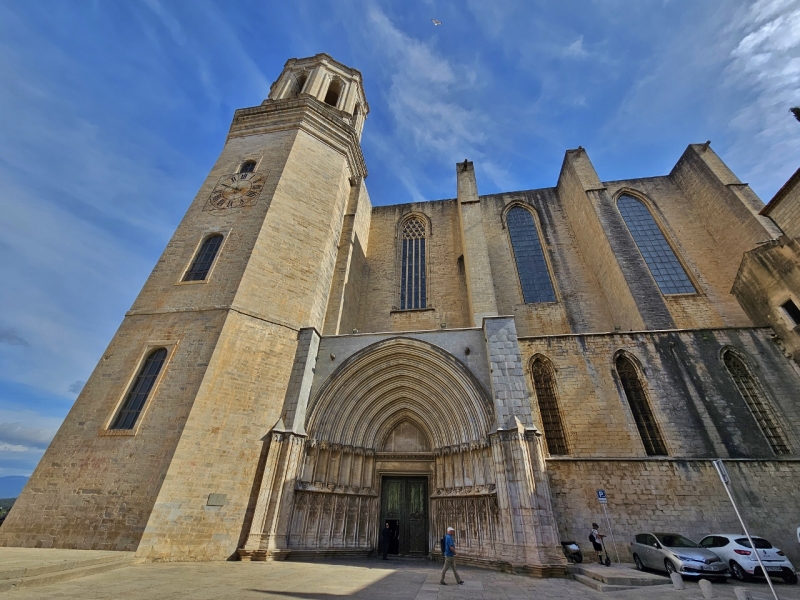
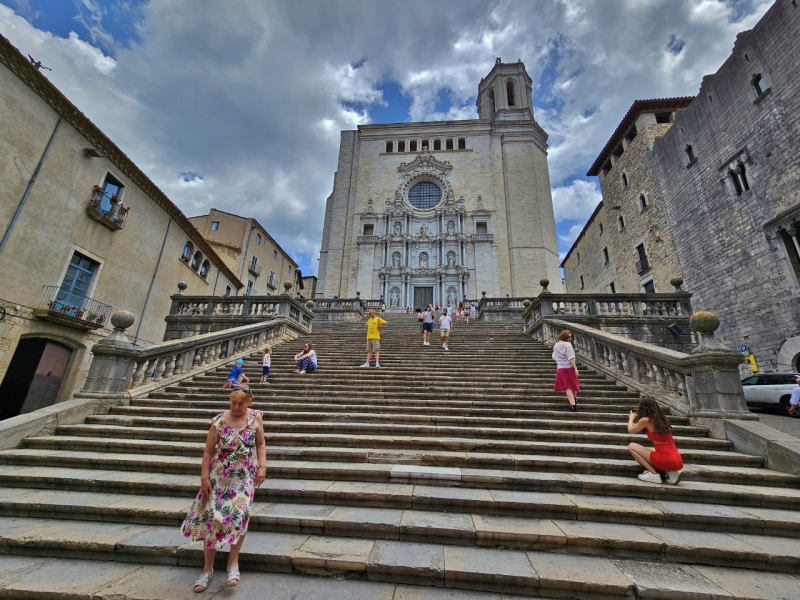
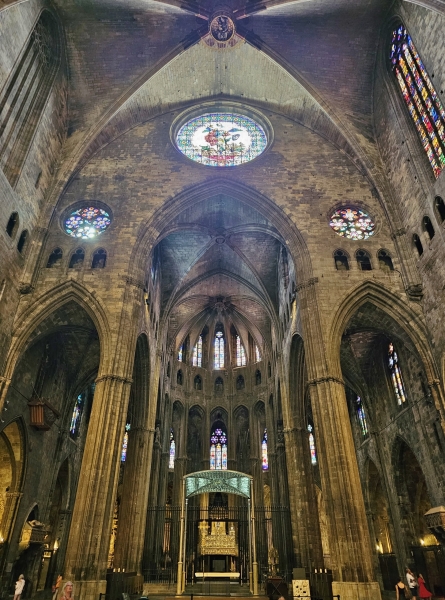
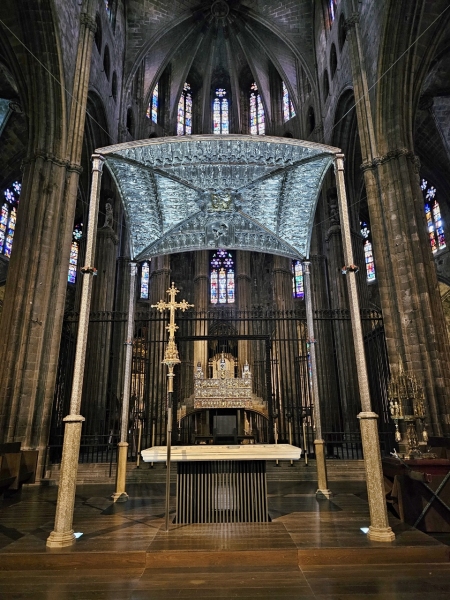

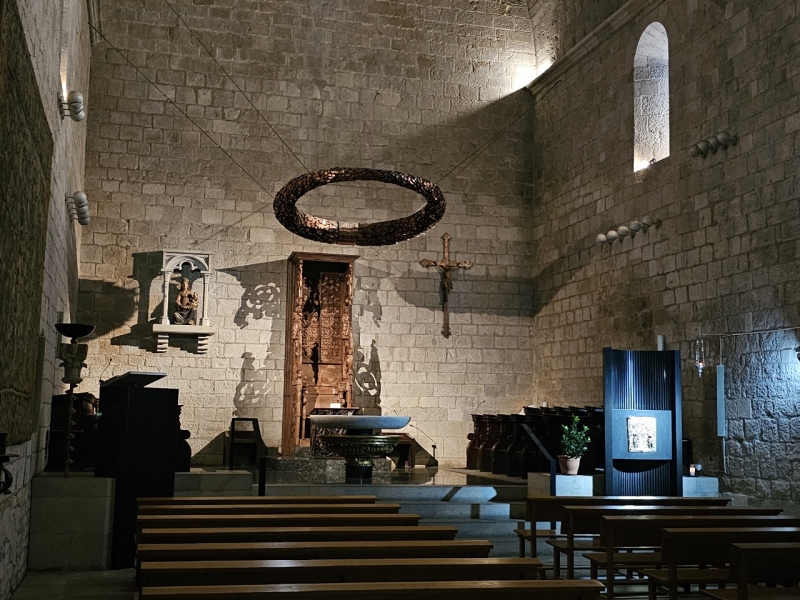
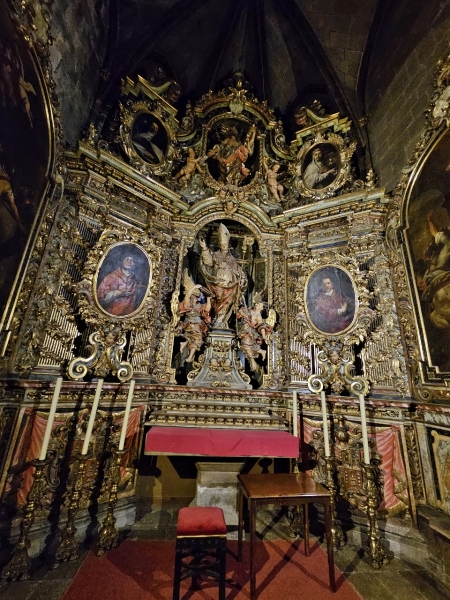
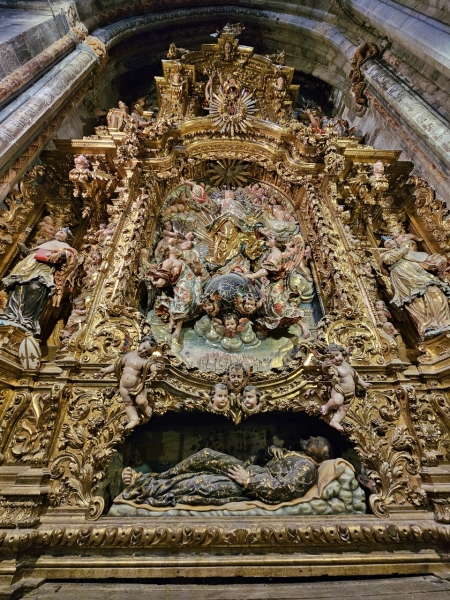
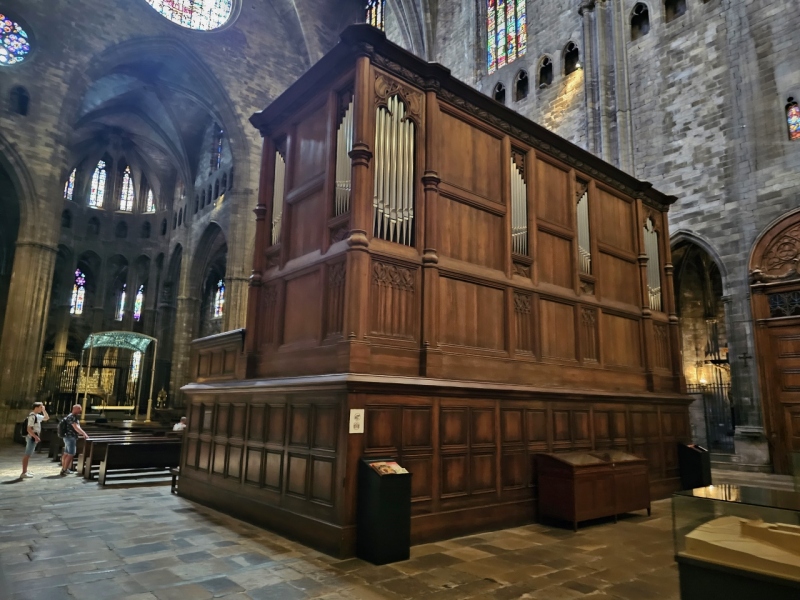
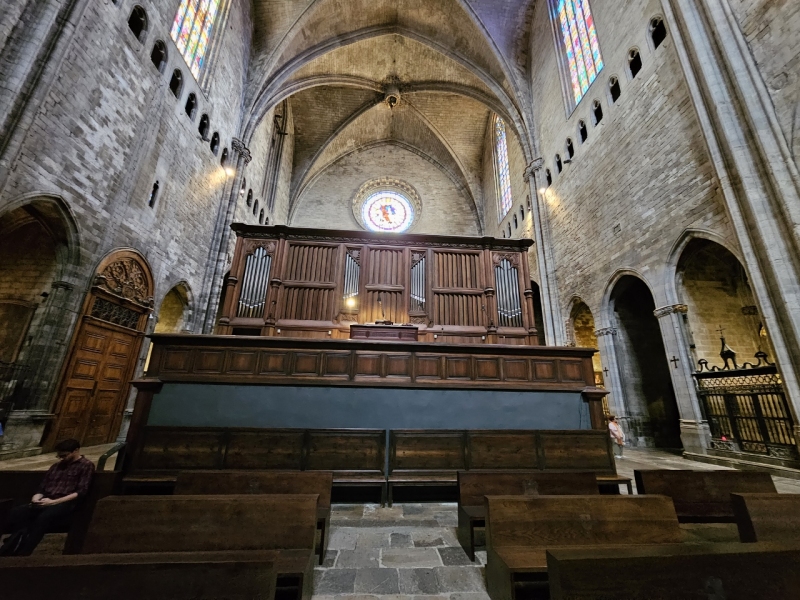
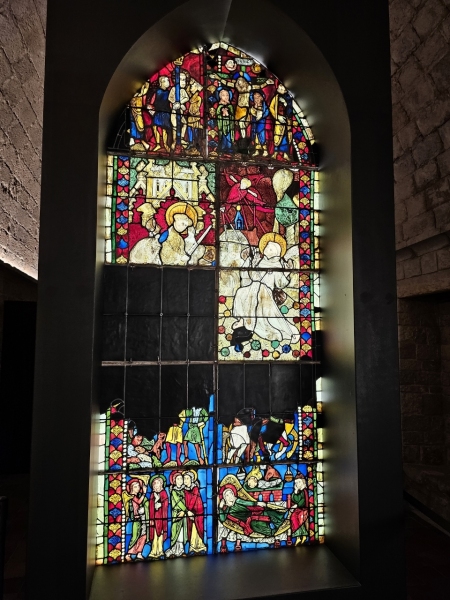
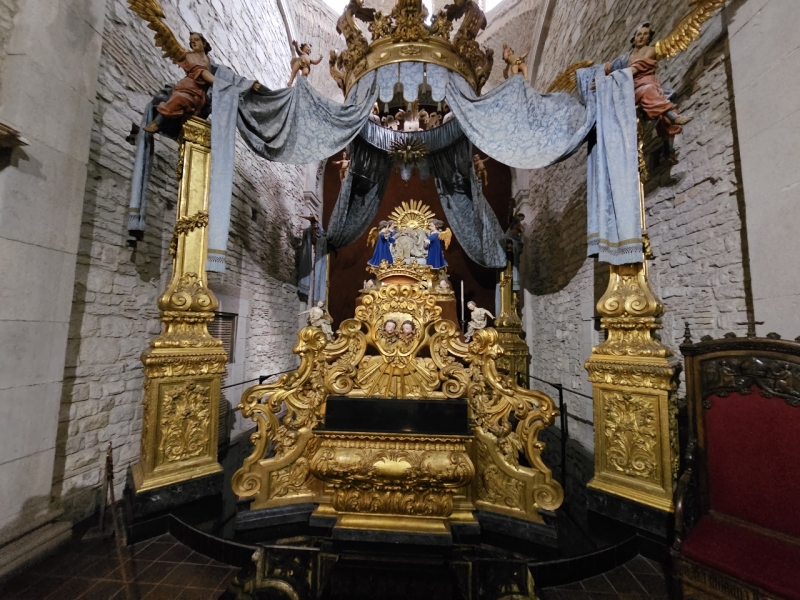
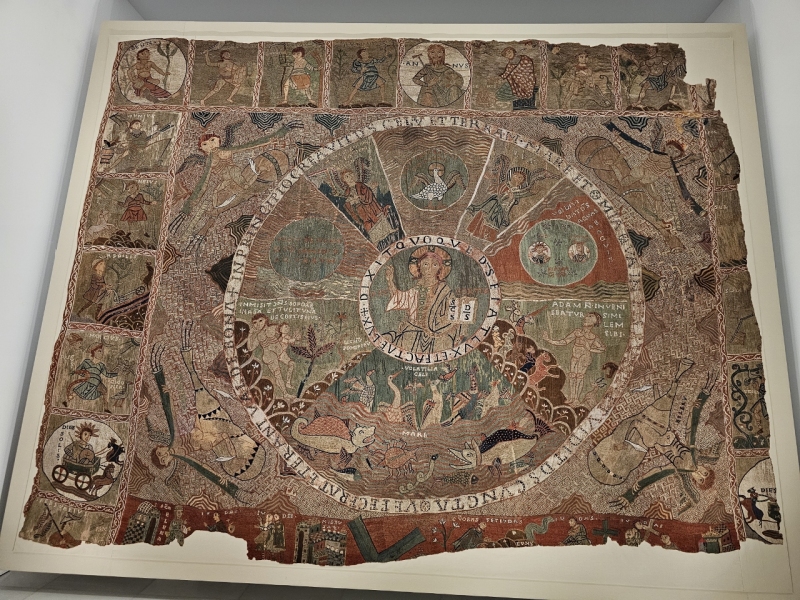
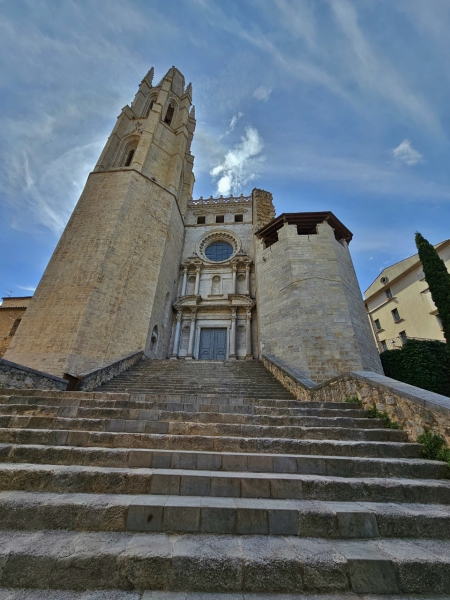
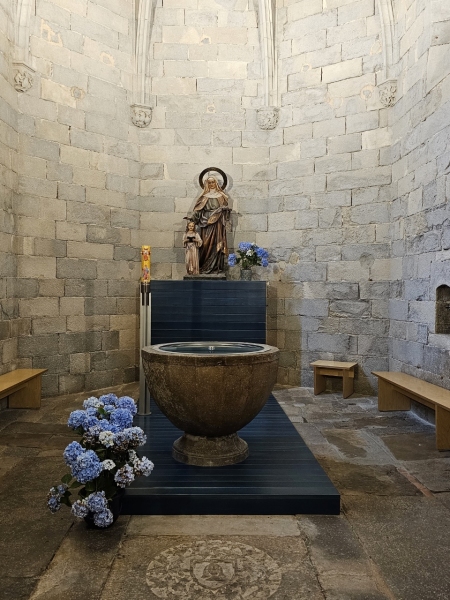
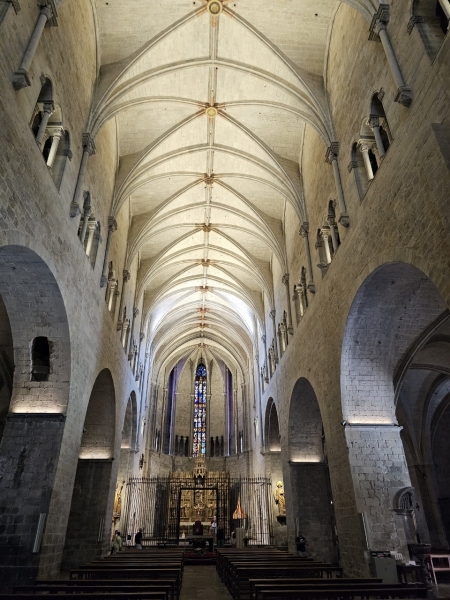
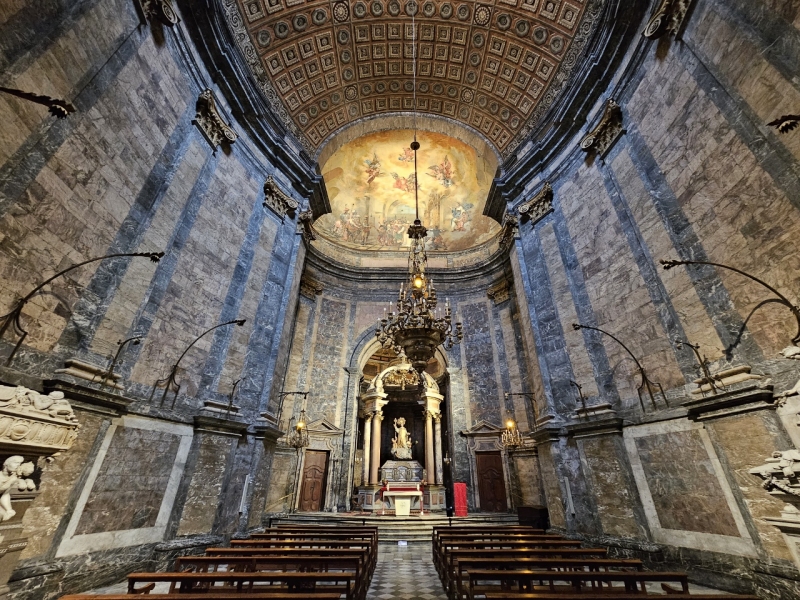
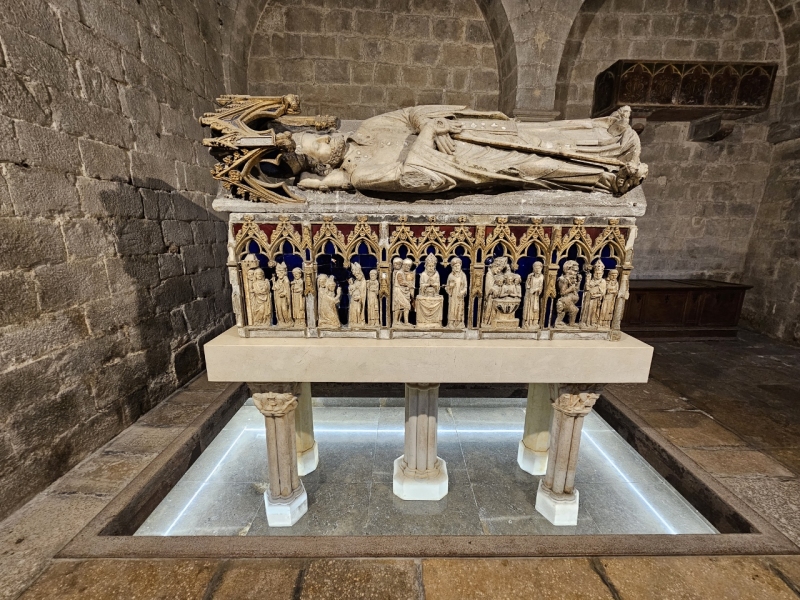
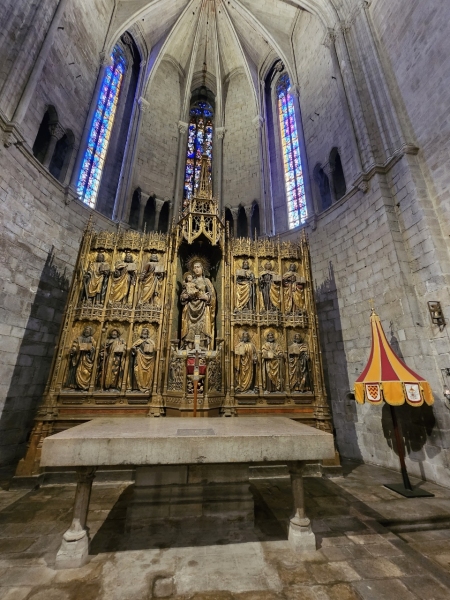
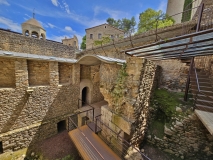
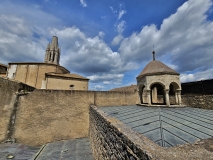
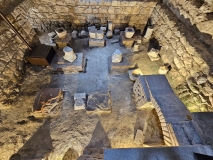
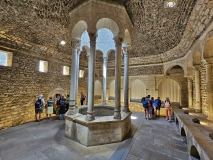
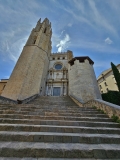
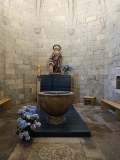
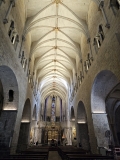

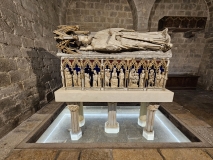
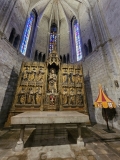
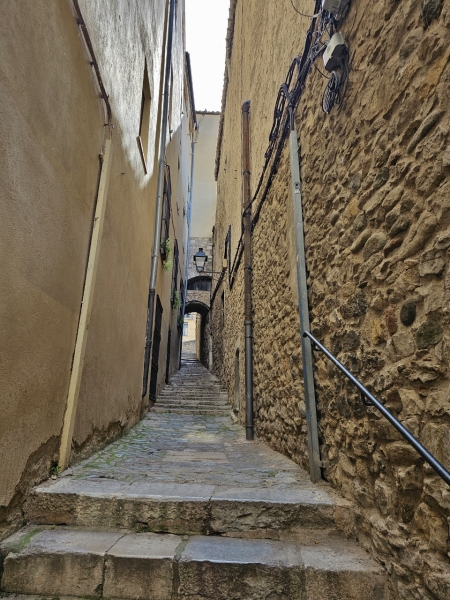
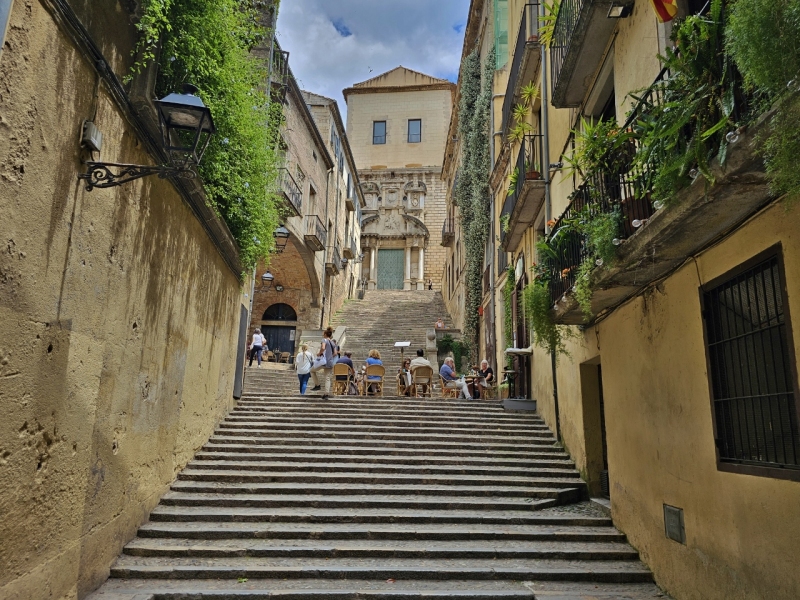
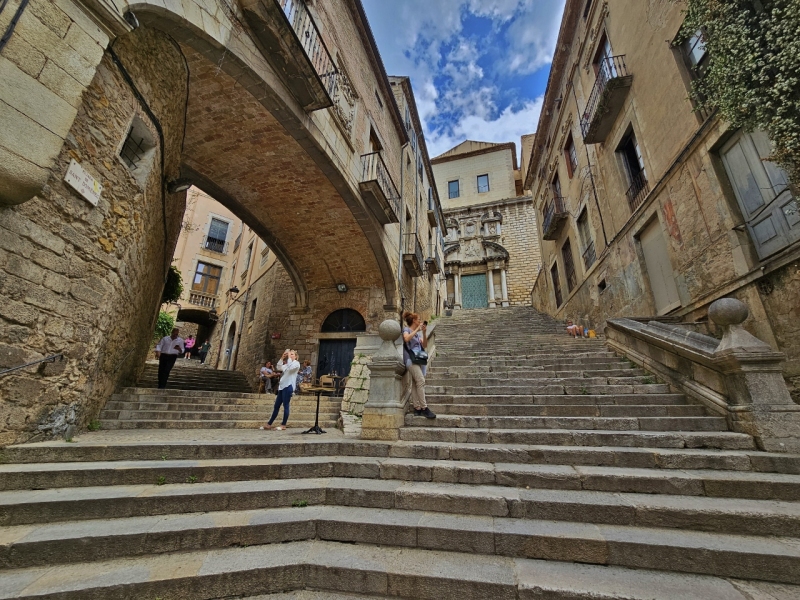
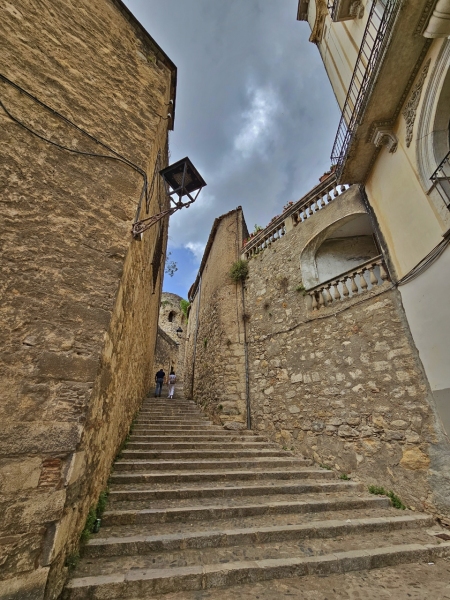

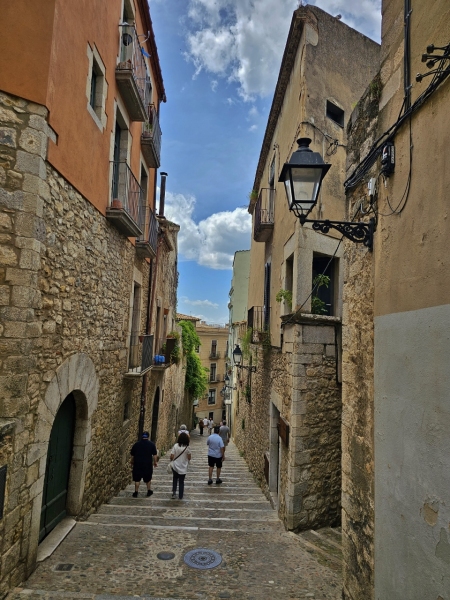
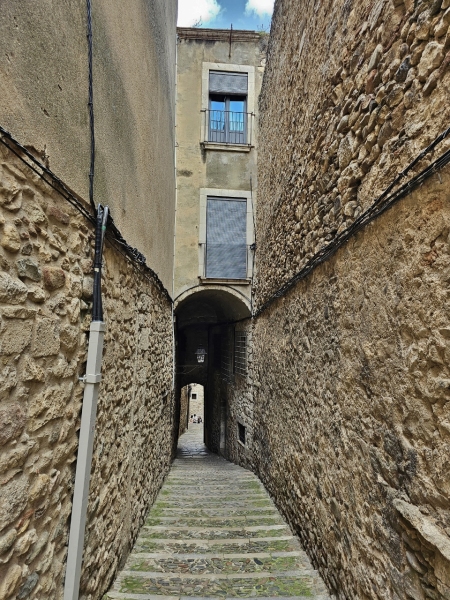

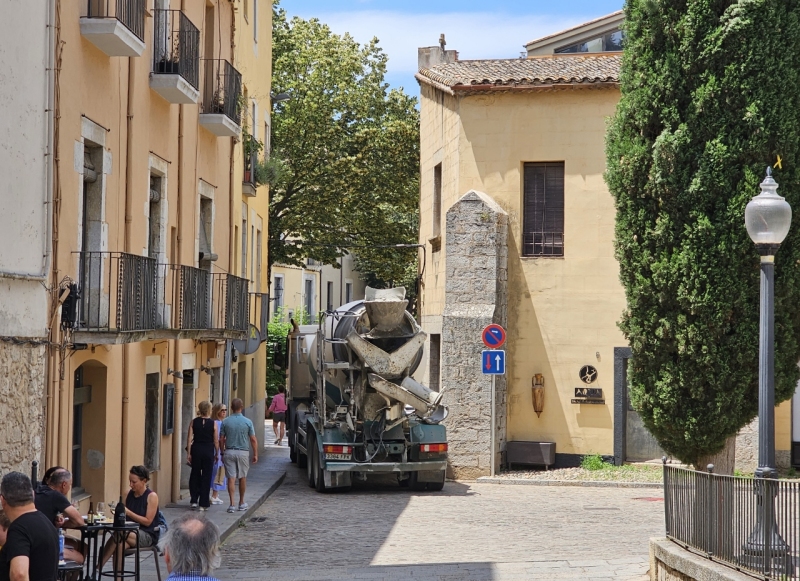
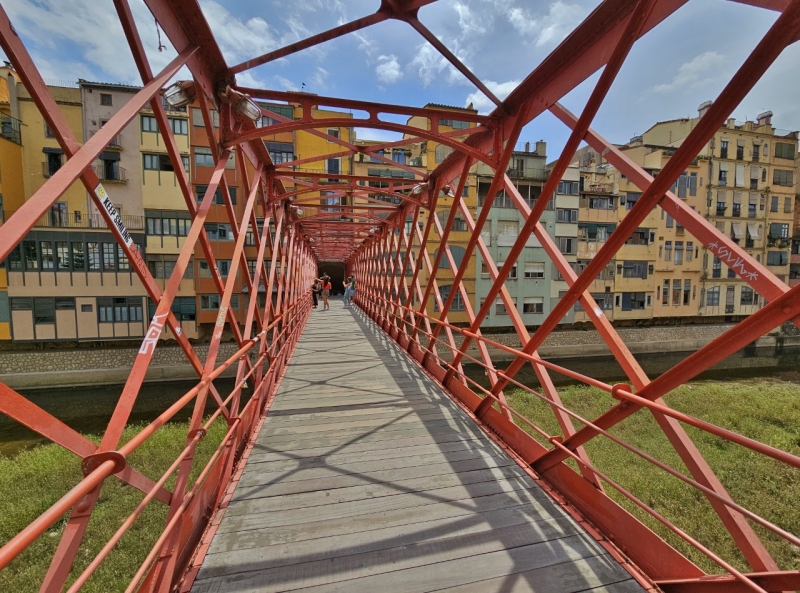
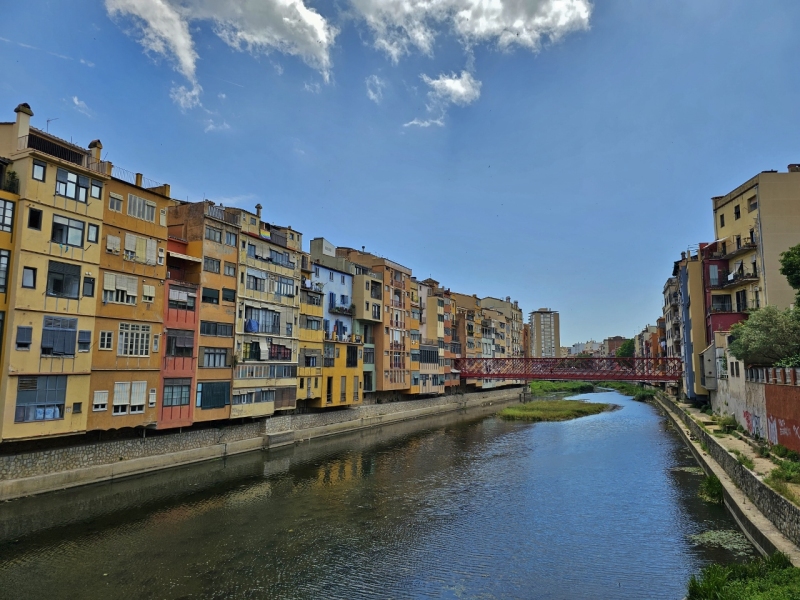
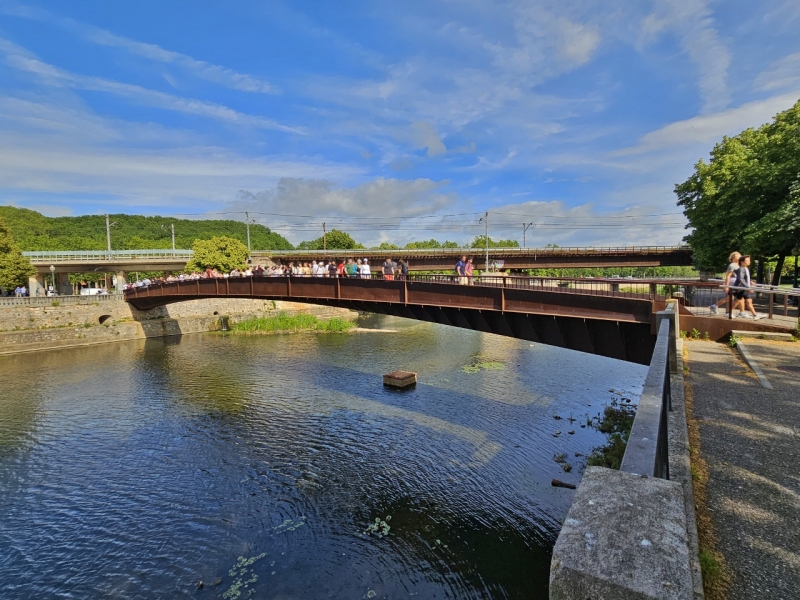
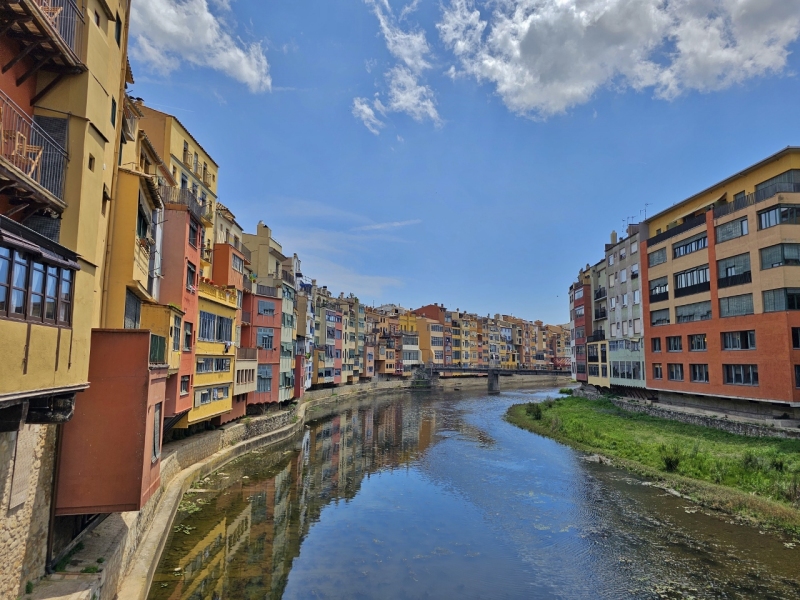
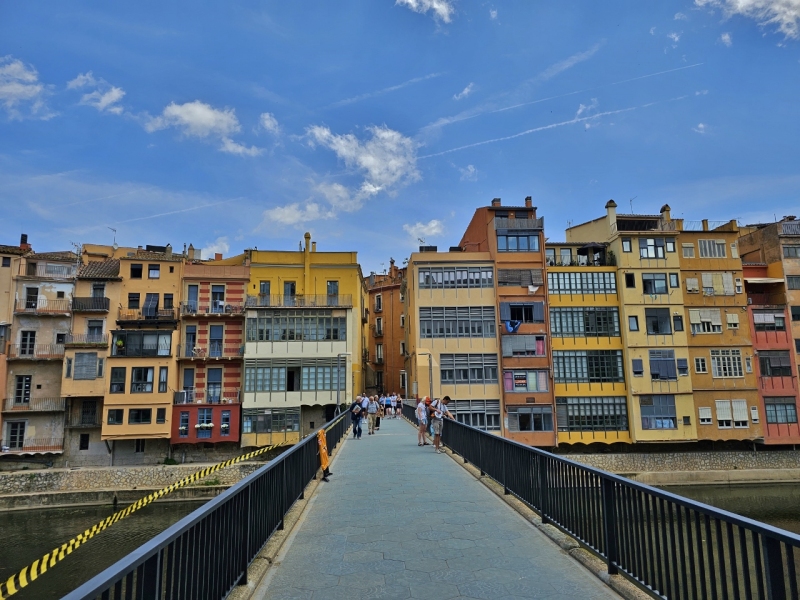
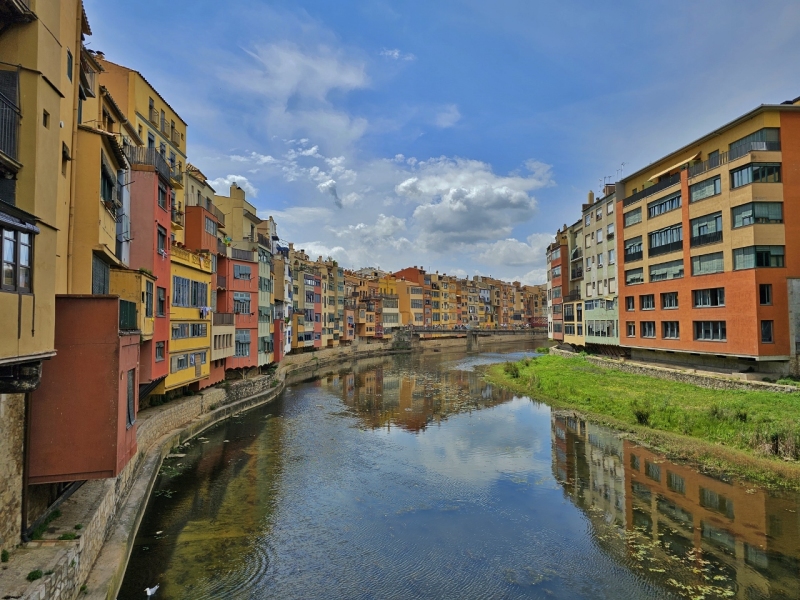
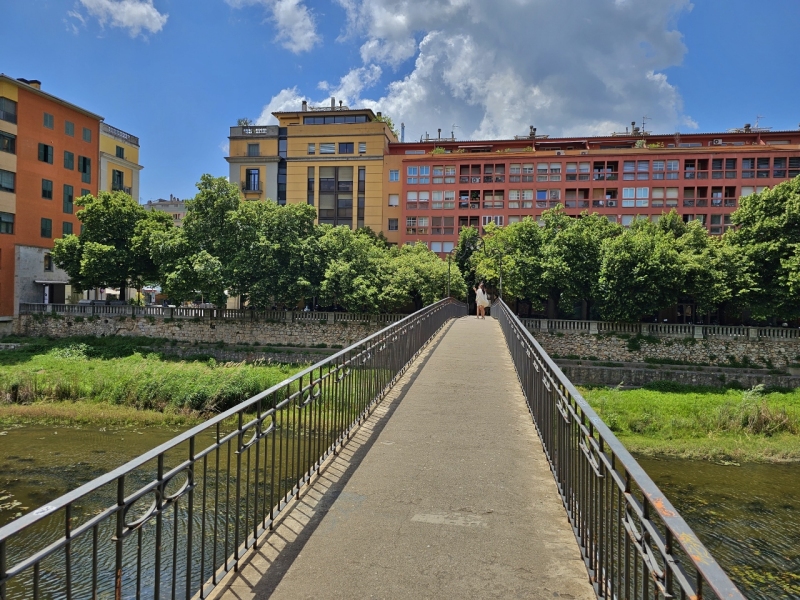
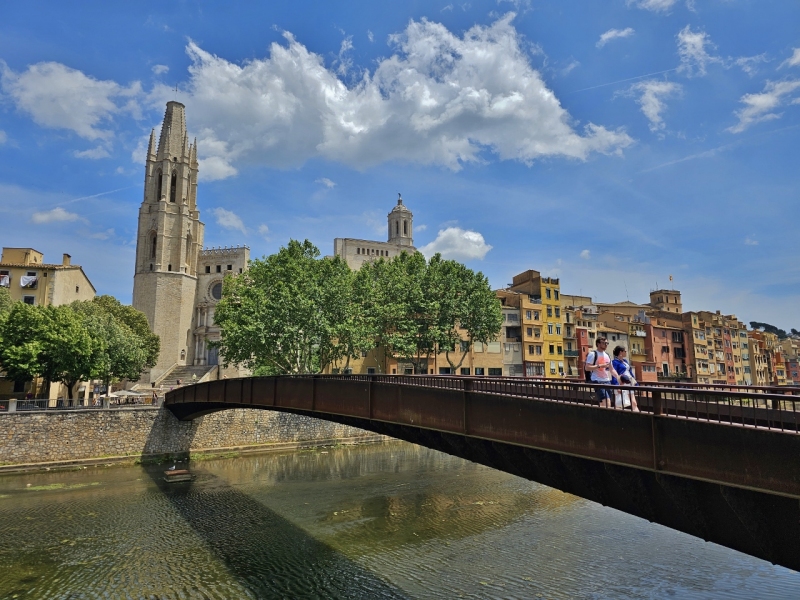
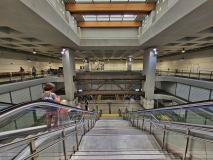

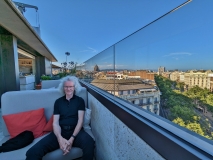
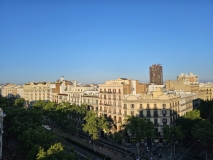
If your comment doesn't show up right away, send us email and we'll dredge it out of the spam filter.